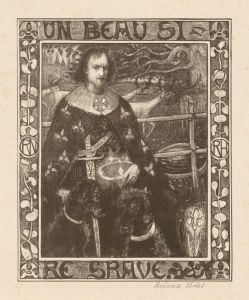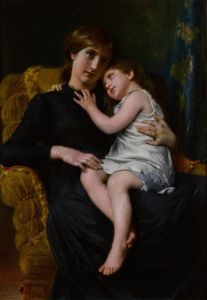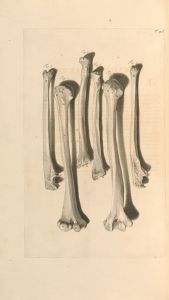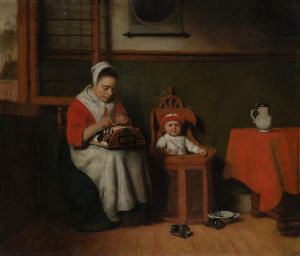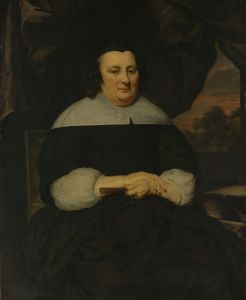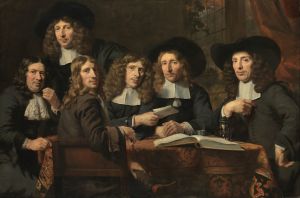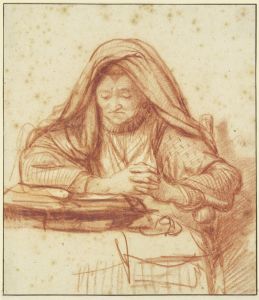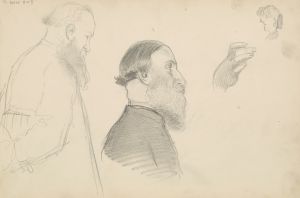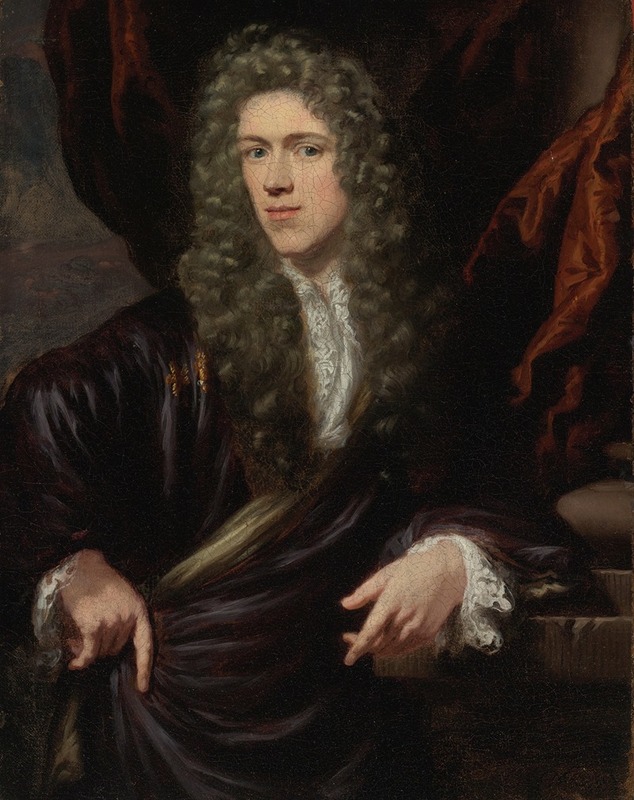
Portrait Of A Gentleman
A hand-painted replica of Nicolaes Maes’s masterpiece Portrait Of A Gentleman, meticulously crafted by professional artists to capture the true essence of the original. Each piece is created with museum-quality canvas and rare mineral pigments, carefully painted by experienced artists with delicate brushstrokes and rich, layered colors to perfectly recreate the texture of the original artwork. Unlike machine-printed reproductions, this hand-painted version brings the painting to life, infused with the artist’s emotions and skill in every stroke. Whether for personal collection or home decoration, it instantly elevates the artistic atmosphere of any space.
Nicolaes Maes was a prominent Dutch painter of the 17th century, known for his portraits and genre scenes. Born in January 1634 in Dordrecht, Maes was initially a student of Rembrandt van Rijn in Amsterdam. His early works reflect the influence of his master, particularly in the use of light and shadow, as well as in the intimate and detailed portrayal of his subjects. Over time, Maes developed his own distinctive style, which became highly sought after, especially in the realm of portraiture.
"Portrait of a Gentleman" is one of Maes's works that exemplifies his mature style. While specific details about this particular painting, such as its date of creation or the identity of the sitter, are not widely documented, it is representative of Maes's approach to portraiture during his later career. By the 1660s, Maes had shifted his focus almost exclusively to portrait painting, catering to the tastes of the Dutch bourgeoisie who were eager to have their likenesses captured by a skilled artist.
In "Portrait of a Gentleman," Maes employs a refined technique that highlights his ability to capture the character and status of his sitter. The gentleman is typically depicted with a calm and composed demeanor, dressed in the fashion of the time, which often included rich fabrics and elaborate details that signified wealth and social standing. Maes's attention to detail is evident in the rendering of textures, such as the fabric of the clothing and the subtle play of light on the sitter's face, which adds a sense of realism and immediacy to the portrait.
Maes's portraits are noted for their psychological depth, a quality that sets them apart from many of his contemporaries. In "Portrait of a Gentleman," the sitter's expression and posture are carefully crafted to convey a sense of dignity and introspection. This ability to capture the inner life of his subjects was a hallmark of Maes's work and contributed to his reputation as one of the leading portraitists of his time.
Throughout his career, Maes received numerous commissions from wealthy patrons, which allowed him to achieve considerable success and recognition. His portraits were highly prized for their elegance and the skillful way in which they captured the essence of the sitter. Maes continued to work in this vein until his death in December 1693, leaving behind a legacy of works that continue to be admired for their artistic merit and historical significance.
Today, "Portrait of a Gentleman" and other works by Nicolaes Maes can be found in various museums and private collections around the world. They serve as a testament to the artist's skill and his contribution to the Dutch Golden Age of painting. Maes's ability to blend the influence of his early training with his own unique vision has ensured his place in the annals of art history as a master portraitist.





